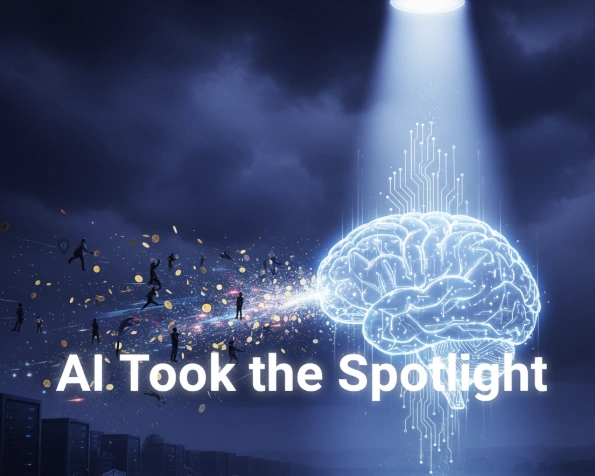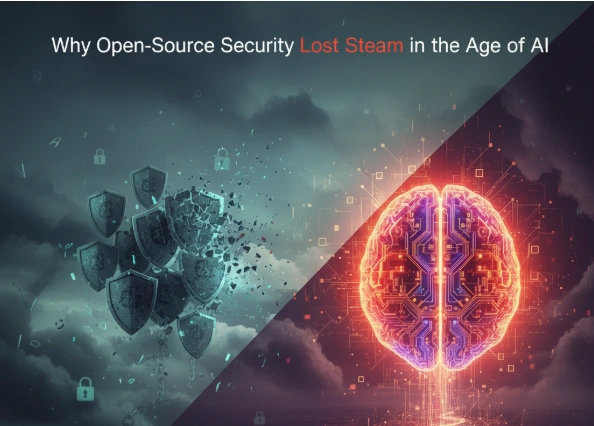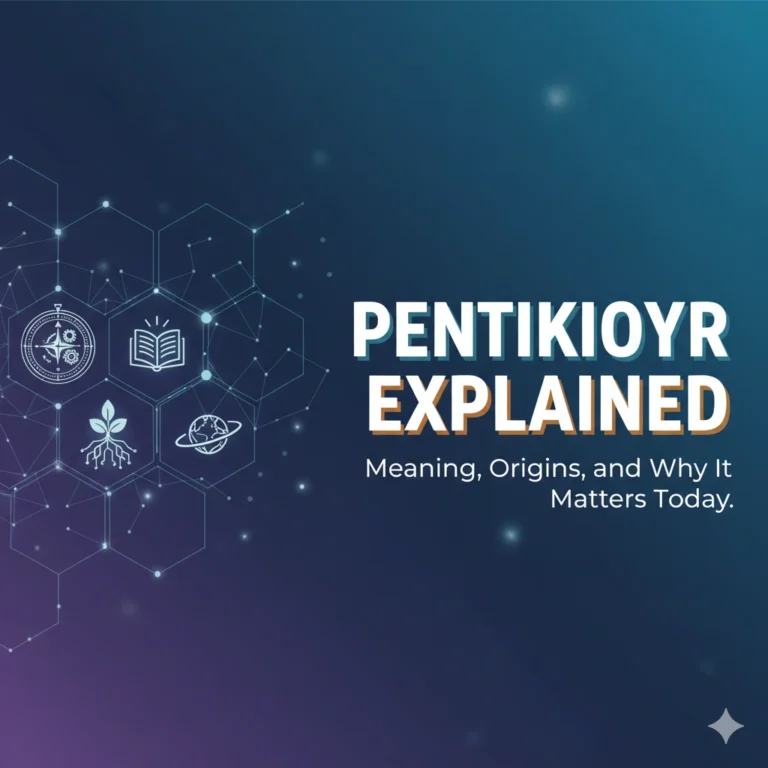Why Open-Source Security Lost Steam in the Age of AI
When the Log4Shell vulnerability came to light back in late 2021, the tech world got a harsh wake-up call. A simple bug in a widely used Java logging tool ended up exposing governments, Fortune 500 companies, and even small businesses to serious cyber risks. Suddenly, everyone was talking about the shaky foundation of open-source software—most of it maintained by a handful of unpaid developers.
The U.S. government stepped in quickly. The Biden administration announced that open-source security was a national priority. Big tech companies followed suit, with Amazon, Google, and Microsoft pledging millions to strengthen the ecosystem through the Open Source Security Foundation (OpenSSF) and open-source software security For a moment, it looked like real change was on the horizon.
Early Momentum Looked Promising
During that first wave of urgency, progress was real. A few standout improvements included:
- Code signing with Sigstore: Developers got a simple way to verify that their code hadn’t been tampered with.
- Safer programming languages: Rust started replacing older, memory-unsafe code in critical cryptography libraries.
- Better repositories: Companies invested in more secure package hosting and distribution.
- Government partnership: Agencies like CISA worked directly with maintainers, stepping in during incidents such as the 2024 XZ Utils backdoor scare.
For once, it felt like industry and government were pulling in the same direction.
Then AI Took the Spotlight

At the same time, political changes in Washington meant less government involvement. Funding pledges didn’t fully materialize, CISA lost key staff, and momentum began to fade. As one former adviser put it, the risk now is that all the hard-won progress simply slips away.
But by 2023, priorities began to shift. The launch of ChatGPT and the boom in generative AI sucked up attention, funding, and talent. Engineers, policy experts, and even lawyers who had been focused on open-source security were suddenly reassigned to AI projects.
Challenges That Haven’t Gone Away
Despite the early wins, the core problems remain:
- Developers often don’t know where their dependencies come from.
- Many essential open-source projects are still run by just one or two volunteers.
- Rewritten, safer versions of old packages haven’t caught on widely.
- Vulnerable software like outdated Log4j is still being downloaded and used.
In short: the open-source ecosystem is still fragile, even though it powers everything from smartphones to national defense systems.
Europe Pushes Ahead While the U.S. Hesitates
Interestingly, while U.S. efforts have slowed, Europe has started introducing regulations that require businesses to secure the open-source software in their products. If these laws stick, they could set new global standards for how companies handle open-source dependencies.
The Bigger Picture
Here’s the reality: open-source code is the backbone of modern technology. It keeps financial systems running, secures communication, and underpins the apps we use every day. The stakes couldn’t be higher.
AI may dominate today’s headlines, but securing open-source software isn’t a problem that can be postponed. If anything, the rise of AI—built heavily on open-source frameworks—makes security even more urgent.
The question now isn’t whether open-source security matters. It’s whether governments, companies, and communities can keep investing in it while chasing the next big innovation.
Conclusion
Open-source software powers nearly everything we use—from mobile apps and banking systems to critical infrastructure. While early efforts showed that progress is possible, the recent shift of focus toward AI and political distractions have slowed momentum.
If governments, companies, and developers don’t keep investing in open-source security, we risk repeating past crises on an even larger scale. The stakes are simple: without a strong, secure foundation, the future of technology—including AI—rests on shaky ground.
FAQs
1. Why is open-source software security important?
Open-source software powers everything from mobile apps to banking systems and even national defense. If vulnerabilities go unnoticed, they can create massive security risks across industries.
2. What happened with Log4Shell?
Log4Shell was a critical flaw discovered in 2021 in the Log4j logging library. Because Log4j was so widely used, the bug exposed thousands of companies and governments to cyberattacks, highlighting the fragility of open-source software.
3. How are governments supporting open-source security?
The U.S. initially made open-source security a national priority, with agencies like CISA working directly with developers. However, political shifts and new priorities like AI have slowed progress. In contrast, Europe is moving ahead with laws that require businesses to secure the open-source code they use.
4. What role does AI play in open-source security?
AI has created both opportunities and distractions. Many engineers and policymakers who were working on open-source security have shifted to AI projects. At the same time, most AI tools themselves rely on open-source frameworks, which makes securing those foundations more important than ever.
5. What challenges remain for open-source security?
Key issues include outdated software still being widely used, lack of visibility into software dependencies, and over-reliance on unpaid volunteers to maintain critical tools. Safer alternatives exist but are slow to gain adoption.







